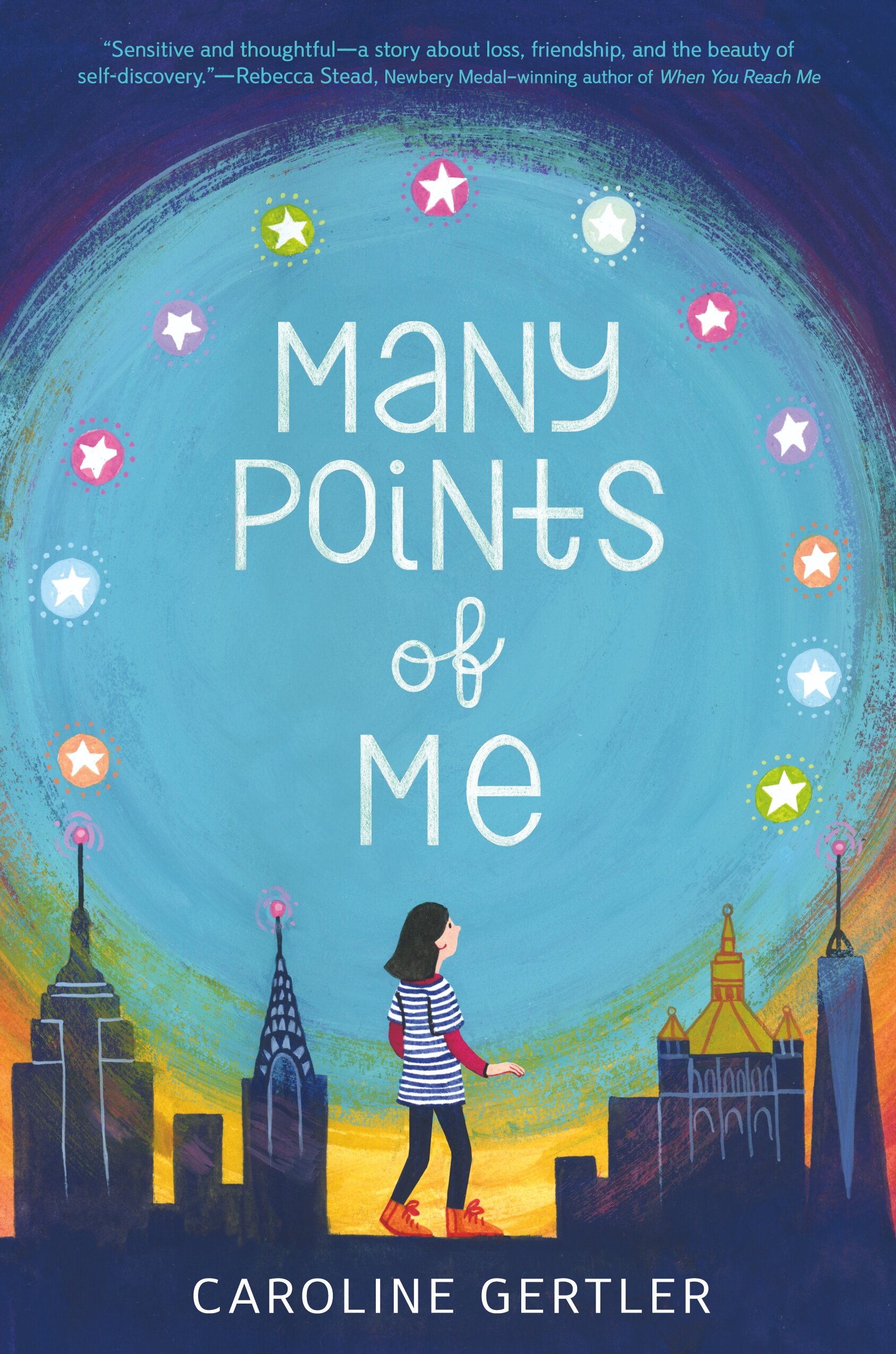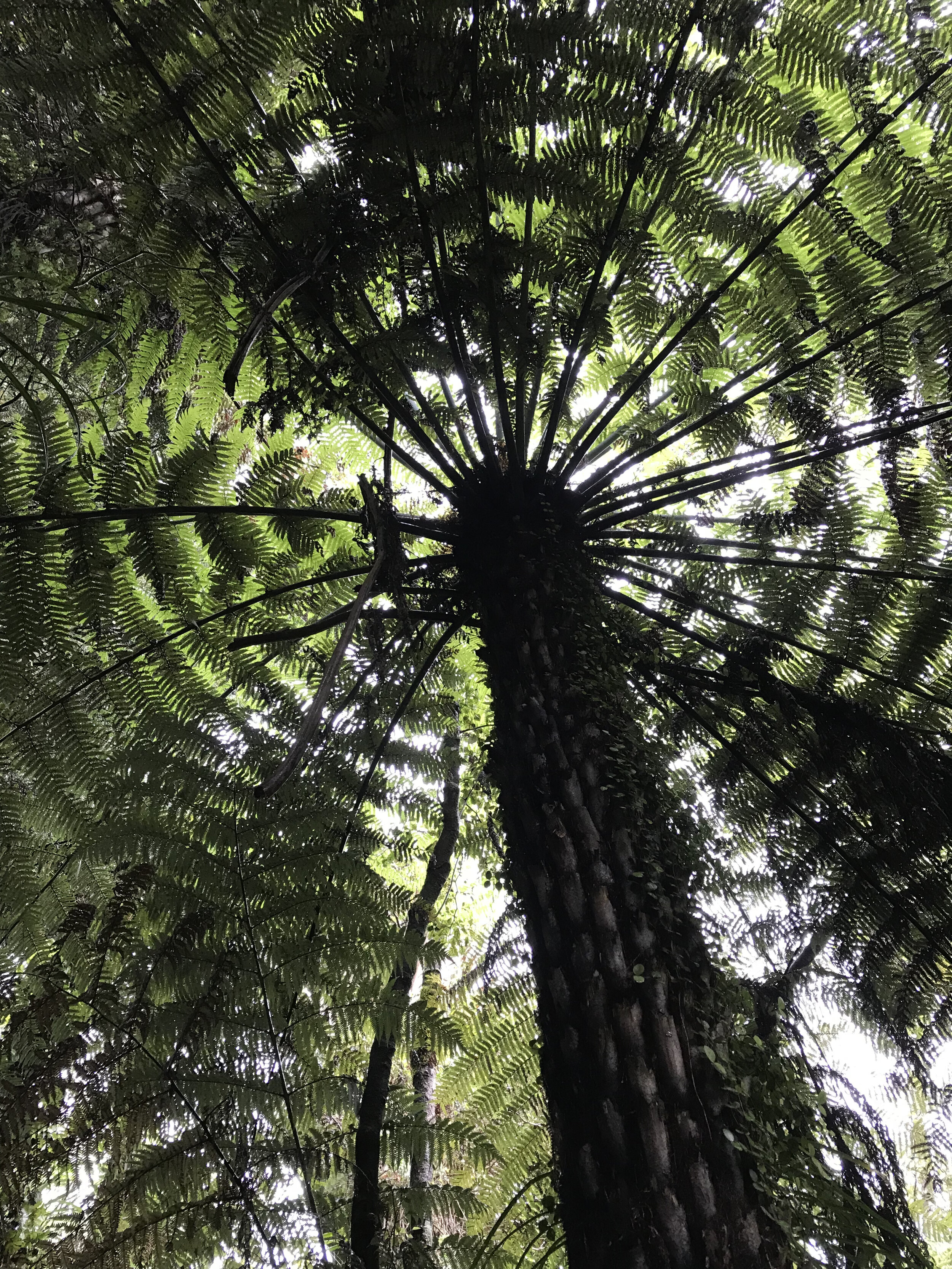
Writing With a Broken Tusk
Writing With a Broken Tusk began in 2006 as a blog about overlapping geographies, personal and real-world, and writing books for children. The blog name refers to the mythical pact made between the poet Vyaasa and the Hindu elephant headed god Ganesha who was his scribe during the composition of the Mahabharata. It also refers to my second published book, edited by the generous and brilliant Diantha Thorpe of Linnet Books/The Shoe String Press, published in 1996, acquired and republished by August House and still miraculously in print.
Since March 2024, Jen Breach (writer, VCFA graduate, and former student) has helped me manage guest posts and Process Talk pieces on this blog. They have lined up and conducted author/illustrator interviews and invited and coordinated guest posts. That support has helped me get through weeks when I’ve been in edit-copyedit-proofing mode, and it’s also introduced me to writers and books I might not have found otherwise. Our overlapping interests have led to posts for which I might not have had the time or attention-span. It’s the beauty of shared circles.


On Canada Day and the Fourth of July
I can't imagine such a thing happening in the US but the city I live in now, Victoria, British Columbia, has canceled celebrations this year for the day that commemorates Canadian confederation, the day that is often thought of as "Canada's birthday." It marks a call to make reconciliation become something real, something more than just saying the right words.

A Story About–What? Everything?
Yes. Everything. "A Story About Everything" is how this professor, Arti Dhand, describes The Mahabharata in her pandemic project, a podcast with 15-20 minute episodes that herds listeners onto the convoluted trail of this ancient story.

Guest Post: Terry Nichols on Real-life Setting in The Dreaded Cliff
From my friend of many years and one-time park ranger at Aztec Ruins National Monument, Terry Nichols, here’s a delightful middle grade that Kirkus called “linguistically rich and frequently humorous.”

Unheeded Warning: The Village Where the Chipko Movement Began
Years ago, I wanted to write a children’s book about the Chipko movement, an astonishing story of love and clarity. In the story, 18th century people of the Bishnoi community in Rajasthan in northern India, led by their women, hugged their trees to prevent them from being cut down, because they knew the value of that forest and didn’t want it to be sacrificed to a king’s ignorant ambition.

I Read Canadian Day
At 12:00pm ET, "I Write Canadian" videos starring CANSCAIPers launch on Bibliovideo

Process Notes: Caroline Gertler on Many Points of Me
I'm always thrilled to see books by writers whom I can claim as my students. Not because I think I taught them how to write that book--do we ever do that, really? The most I can do is recognize students who have the talent and drive to take a book from idea to completion. After that my job is to point out how a writer can lift a story into the light.

Process Notes: Larissa Theule on Kafka and the Doll
Kafka and the Doll is a picture book inspired by a fabled tale from legendary writer Franz Kafka's life. The book opens in Berlin in 1923, when Kafka and his sweetheart, Dora Diamant meet a little girl in a park in Berlin. The girl, Irma, is crying because she’s lost her doll, named, engagingly, Soupsy. Kafka assures her that the doll, named Soupsy, is not lost but merely traveling. What ensues is at once kind, inventive, and captivating. For three weeks Kafka writes and delivers letters to the child from her globetrotting doll. The letters thread through the journey of writer and child, becoming emblematic of growth and life, affection and loss.

Threads of Peace Bound Galleys!
Nothing like the arrival of a box of bound galleys on your doorstep to yank you out of reality and place you in the slow, unfathomable timeline of the book's creation.

Leda Schubert on Nathan's Song
Nathan, growing up in a shtetl in Russia, loves to sing. When he hears opera for the first time he is transfixed and longs to learn this kind of music. His family and community, including his little brother Samuel, gather money to pay for his passage to Italy. What happens next is a marvel of picture book writing. I talked to my friend and long-time writing colleague Leda Schubert about the choices she made in telling this story from her own family history in her new picture book, Nathan's Song.

India and Black America
India and Black America have often been on intersecting paths, paths that have largely been ignored in the national discourses of both countries.

Who We Really Are
Courtesy of the brilliant Maria Popova of Brain Pickings, here is poet Marie Howe’s reflection on humans and time and the big, big picture:
